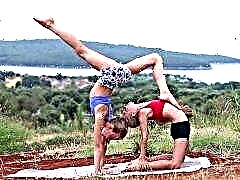
It is important to take care of the child's health from an early age, so the task of each parent should be to cultivate healthy habits, including regular physical activity. There are many ways to awaken interest in training, for example, by taking part in a yoga challenge with your child.
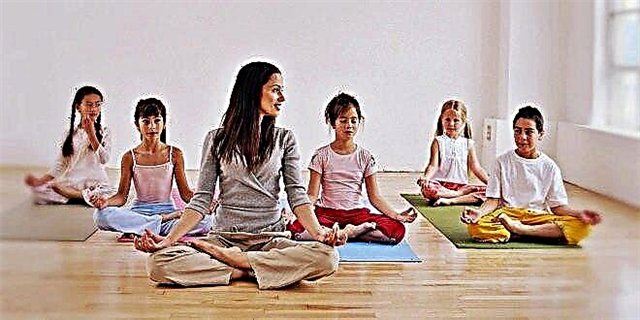
What is it?
Yoga Challenge is not a separate area of yoga, but is a fun way to master asanas on your own or in a company. "Challenge" means that such training is a kind of challenge to yourself. Children, both girls and boys, can do this yoga from 3-5 years old. The goals of the challenge for children are:
- strengthening the relationship between children and parents;
- regular physical activity;
- the formation of interest in physical activity;
- pleasant pastime with children.
One of the options for starting a yoga challenge is to subscribe to one of the organizers in social networks. So you will receive the task for the day, complete it and send a photo or video confirmation. For those who are already familiar with asanas, the second option is also suitable - print images of the poses, and then choose one of the asanas at random every day.
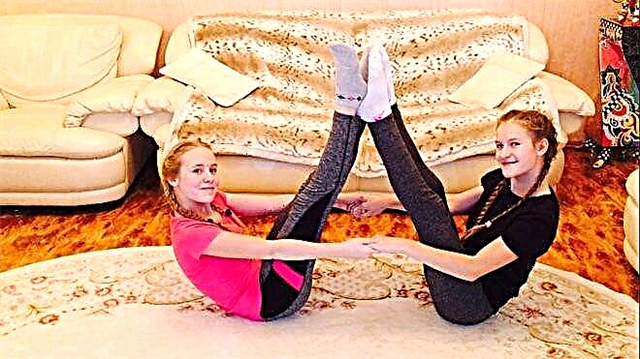
Benefit
First of all, with the help of yoga challenge, you can strengthen the body, make it more flexible, speed up metabolism, and support the proper development of the spine and joints. Such physical activity is beneficial for the cardiovascular and immune systems, improves posture and strengthens the vestibular apparatus.
However, yoga challenge develops not only physical qualities, but also spiritual ones. Such an activity forms responsibility, goodwill, teaches us to interact, support each other, be a close-knit team and trust a partner. With the help of yoga, negative emotions are eliminated, mood improves, and resistance to stress increases.
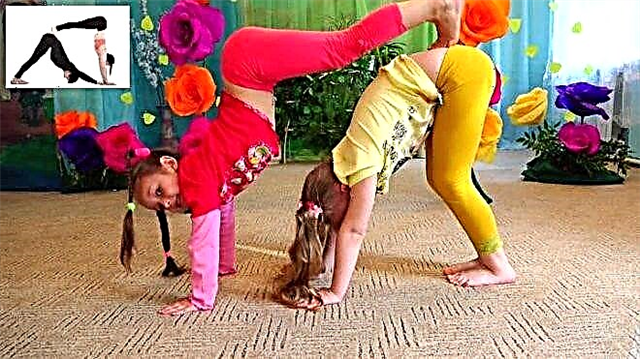
Potential harm
Despite the many beneficial effects, in some cases, yoga challenge is contraindicated. Such physical activity can be harmful for infectious diseases, some problems with the spine, and certain chronic pathologies. If a child has any serious illness, a doctor's consultation is needed before class.
In addition, there are quite complex asanas that are unacceptable for unprepared people, since this is fraught with injuries. The load should be increased gradually, and in case of pain or other ailments, the workout should be completed immediately. So that yoga does not affect the digestive tract, you should practice after eating no earlier than 2 hours later.
Number of participants
Most often, the yoga challenge is carried out in pairs, since it is most interesting to perform the given exercises for two. If we are talking about a child version, then a couple can be either two children or a child + parent.
However, you can do yoga challenge on your own, if for some reason the second participant is busy or absent. In addition, there are asanas for three participants, which are even more fun to perform than tasks for 2 people. Such workouts are popular with children of all ages, so they are suitable for preschoolers and teenage girls.
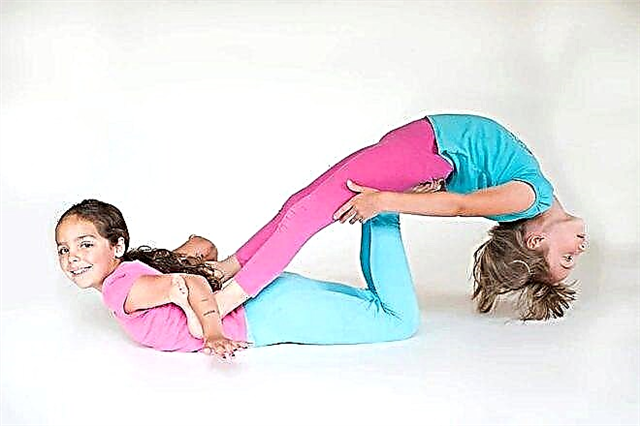
What do you need to practice?
A visual aid for the yoga challenge is a photo depicting asanas. For training, you need to choose loose clothing that will not interfere with taking any position. Shoes are usually not used for training - they train barefoot on a rug. To create a pleasant atmosphere, prepare calm music or a recording of nature sounds in advance.
Popular poses
- "Boat". Sit the children opposite each other with their feet touching. The back should remain straight. The legs are raised above the floor (the support is on the partner's feet), the arms are connected for additional stability.
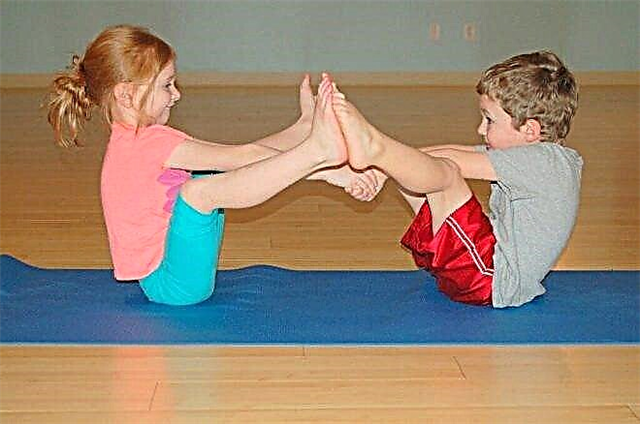
- "Heart". Children should stand with their backs to each other and join hands. Leaning forward, you need to bend so that the side of the pose resembles a heart.
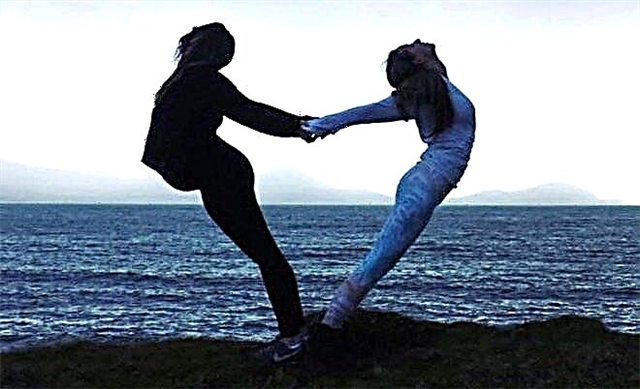
- "Temple of Two Hands". Place the children facing each other and offer to join hands. Let them lean forward smoothly, moving their hands onto their partner's shoulders until they touch their foreheads and the upper body forms a line parallel to the floor.
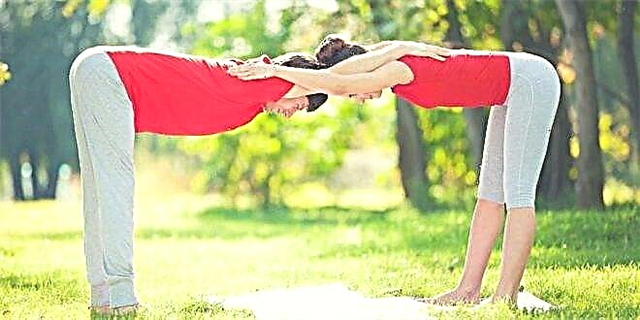
- "Double dog". The physically stronger participant must perform the downward dog asana. The second participant should place his palms on the floor, and his feet on the lower back of the first participant.
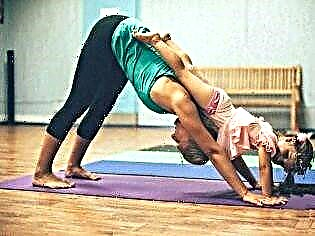
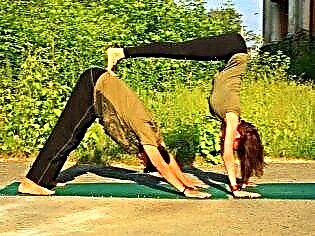
You can see some other exercises in the following video.



